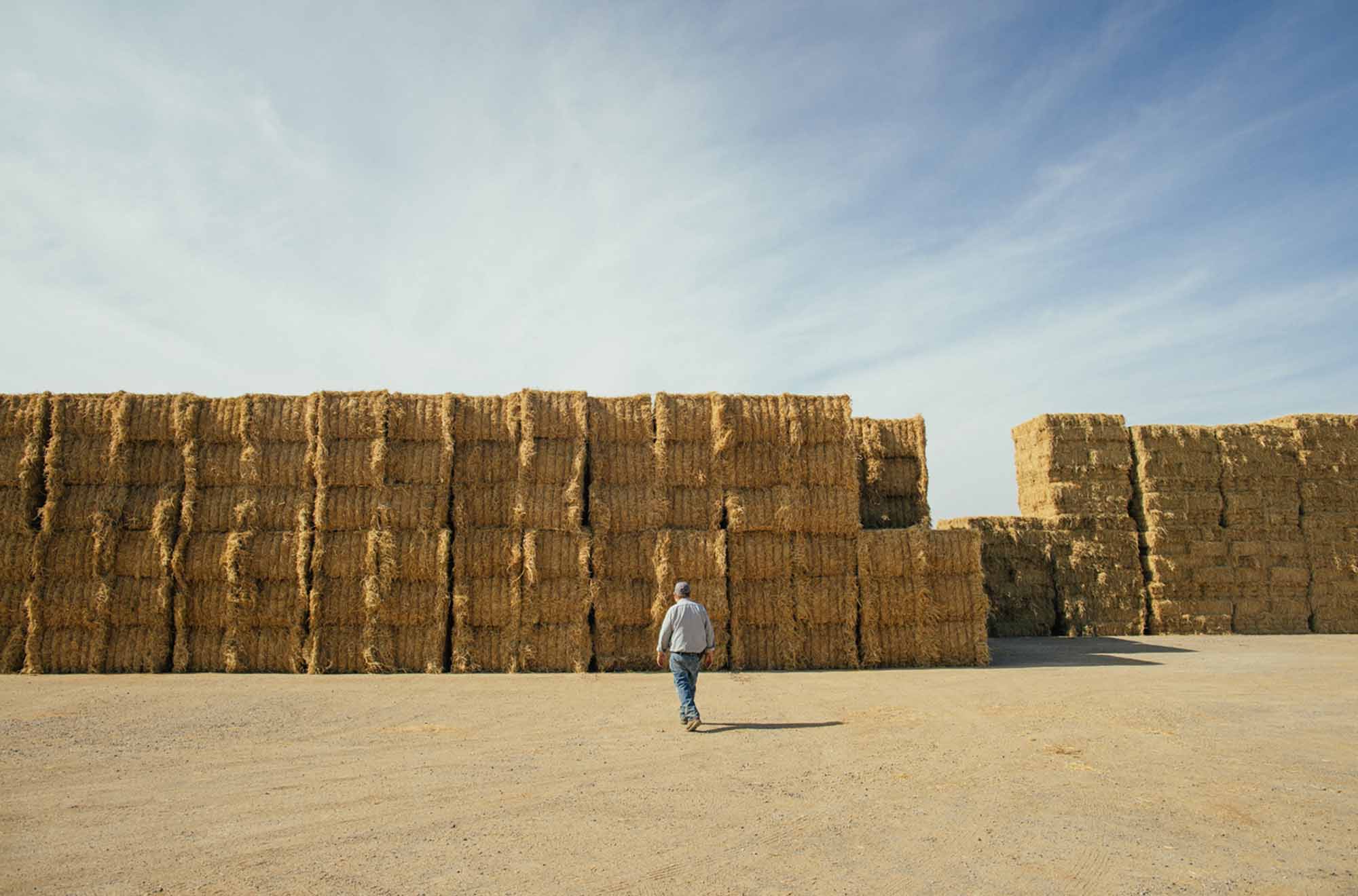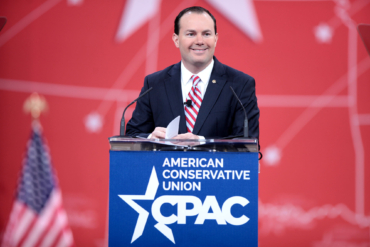I had heard about carbon offsets for years, but it wasn’t until a trip to Peru that I got the full lecture.
In September 2022, I was hiking back from a failed attempt to visit Choquequirao, a sister city to Machu Picchu only reachable by an extremely difficult hike. My right knee had given out a little over halfway there, and I was now popping Tylenol like candy just to make it home.
Along the way, I met Bjorn, a Swiss hiker tackling the trail with a couple of friends. They offered me a ride back to Cuzco in their tourist van, which I immediately accepted. Bjorn liked to talk and was soon doling out his personal philosophy. After explaining the “moral issue” of vegetarianism and why he understands American politics better than me, the virtue-signaling got louder than Sean Penn in a UNICEF ad.
That’s when he explained that he buys carbon offsets every year to cancel out the environmental impact of his many flights around the world. He uses an online calculator like this one to tally up his emissions ledger. Then he pays a third-party company to plant enough trees to “offset” the greenhouse gasses his traveling puts into the atmosphere. He advised me to do the same (which, full disclosure, I still haven’t done).
So, is Bjorn more environmentally conscious than me? No doubt about it.
But do carbon offsets allow us to simply buy off our gassy, planet-polluting habits? Don’t count on it.

How Do Carbon Offsets Work?
The short answer to this question is: Mostly they don’t,
Just take a look at the carbon emissions calculator from Flight Free USA. A trip from New York City to London travels nearly 3,500 miles and results in 2 metric tons of CO2 emissions per passenger. According to some estimates, offsetting one ton of CO2 is theoretically possible for 31-46 mature trees over the course of an entire year. However, the reality is that the “carbon math is much messier,” an MIT report said.
“The enormous complexity of this system makes it perhaps impossible to say for sure how many new trees would be required to bring it back into balance,” MIT wrote.
Reducing the carbon footprint from that same flight just through daily behavior would require nearly 4 years of eating vegetarian or 2 years of carpooling, according to the site.
But, you might ask, why not plant some trees to at least mitigate the environmental damage (and your own guilt)? The issue is, it’s not that simple.
Here’s how buying carbon offsets works: You pay the airline or a third-party company a small amount of money (often around $20 for a cross-country flight). That money is then given to a carbon offset project, like a reforestation program in the Amazon. Now you can point to that project and say, “I paid money to save those trees.”
But if the trees were saved anyway, then you didn’t really do anything — it just looks that way on paper.
This is what makes carbon offsetting so difficult to understand. Some of them make a difference, but it’s hard to know without a complex vetting process — and more than $20 to offset the emissions of a $2,000 flight.
Many airlines — including Southwest, jetBlue, Latam, and Air Canada — rely on third-party company CHOOOSE to handle their carbon offsets. Last year, CHOOOSE CEO Andreas Slettvoll told a panel of airline executives that carbon offsets aren’t the solution for emissions. The company actually avoids 70% of offset programs because most simply aren’t reliable, he said.
“There’s a feeling of the wild west and a complete lack of transparency,” Slettvoll said. “It’s impossible for us as individuals or even as a corporate buyer to understand the real underlying cost and that’s a big problem.”
Popularity vs. Reality
Problems with carbon offsets (also known as carbon credits) are nothing new.
One of the most infamous failures happened in 2010, when European legislators discovered a significant problem with a U.N. carbon credit program. The program was paying Chinese companies enormous sums of money to eliminate a refrigerant that resulted in major greenhouse gas emissions.
They paid so much, according to a Yale University report, that the program drove down the gas’s cost and actually stimulated higher production of it. Smugglers brought the harmful gas to the U.S. black market, where it was sold to trucking companies and supermarkets.
“It’s perverse,” Gerben-Jan Gerbrandy, a Dutch member of the European Parliament, said in the Yale story. “You have companies which make a lot of money by making more of this gas, and then getting paid to destroy it.”
Despite a host of such examples, carbon offset programs have only grown as governments set ever-more stringent deadlines for cutting emissions. The result is that more airlines and oil and gas companies are buying carbon offsets. That basically means they pay someone else to do something that supposedly removes CO2 from the air (planting trees) or prevents emissions in some other way.
Sound a little vague? Then you’re catching on — and so are the environmental watchdogs.
The last few years have seen a mountain of evidence that many carbon offset programs don’t accomplish anything except good PR for the companies that pay for them, and perhaps personal satisfaction for concerned individuals.
A few examples:
- A study published this spring from Berkeley’s Goldman School of Public Policy looked at 300 carbon offset projects focused on forestry projects. They found a “pervasive” problem with credits that didn’t actually reduce emissions.
- In 2022, an investigation from Bloomberg concluded that 40% of the offsets purchased in 2021 came from renewable energy projects that didn’t actually avoid emissions.
- The global voluntary carbon market contains “hundreds of millions of tons of poor-quality credits,” according to a 2020 analysis from Trove Research, a U.K.-based carbon market analyst.
- Then there’s sobering research from The Guardian showing most airline carriers have failed to meet their emissions targets.
Are Carbon Offsets Good?
So, the idea that we can buy off our carbon footprint comes with a giant spoonful of salt. However, just because a lack of regulation has resulted in bad actors doesn’t mean that carbon credits are completely useless.
That’s the opinion of Peter Miller, a senior scientist with the National Resource Defense Council. Miller has studied climate and energy policy for years and helped California create the Climate Action Reserve, a carbon offset program with projects across North America.
“There’s a lot of markets out there with bad products,” Miller said. “You bring your car to a mechanic and they charge you for something bad, but there are good mechanics out there.”
It’s clear why so many carbon offsets target planet travel, he said. Airplanes result in a significant carbon cost, making them a challenging industry to de-carbonize. Biking to work, turning off the lights, and eating salad for dinner will not come close to mitigating the carbon footprint from a plane flight, he said.
But even if a carbon credit program only offsets part of that flight’s emissions, Miller still sees a win overall. We have to do everything possible to avoid the catastrophe we’re hurtling toward, he said, and partial credit is a lot better than no credit.
“A lot of people walk to work and avoid meat and use an electric vehicle. That’s great. But we have 300 million Americans and they’re not all going to do that. So what are we going to do about the rest of them?” Miller said. “For those people that don’t change their behavior, carbon offsets are at least something.”
Changing the World Starts at Home
Oil companies like British Petroleum have long touted “net zero” strategies. That means they pay for the promise of carbon reductions in the future without taking significant steps to reduce their output of fossil fuels in the present.
And as watchdogs from Greenpeace to Friends of the Earth have pointed out, it doesn’t really work.
The same thing is true for us concerned individuals. If you think that paying someone else to plant trees means you don’t have to use less gas or turn off the lights before bed — think again.
Achieving “net zero” emissions for the whole world by 2050 would require 1.6 billion hectares of new forests, according to a 2021 Oxfam report. And that’s more than all the farmland on the planet. In other words, we can’t plant enough trees to get us out of this situation.
And those options from airlines to pay an extra $10 to offset your emissions? Well, a Washington Post story calls them a “scam.” A New York Times investigation reached the same conclusion, while also offering better alternatives. What are those alternatives? Fly less and donate to a better cause than carbon offsets.
So, the true solution has stayed the same — changing our behavior. That’s hard to do, whether you’re ExxonMobil or just Andrew McLemore from Texas. But if the choice is between doing nothing and watching the world melt from climate change, it’s worth the effort. For me, that might mean skipping another international trip this year, and opting for a vacation closer to home instead.
If someone asks why, I’ll probably direct them to this story. That way, they can read why I’m a better person — instead of just listening to me tell them.








